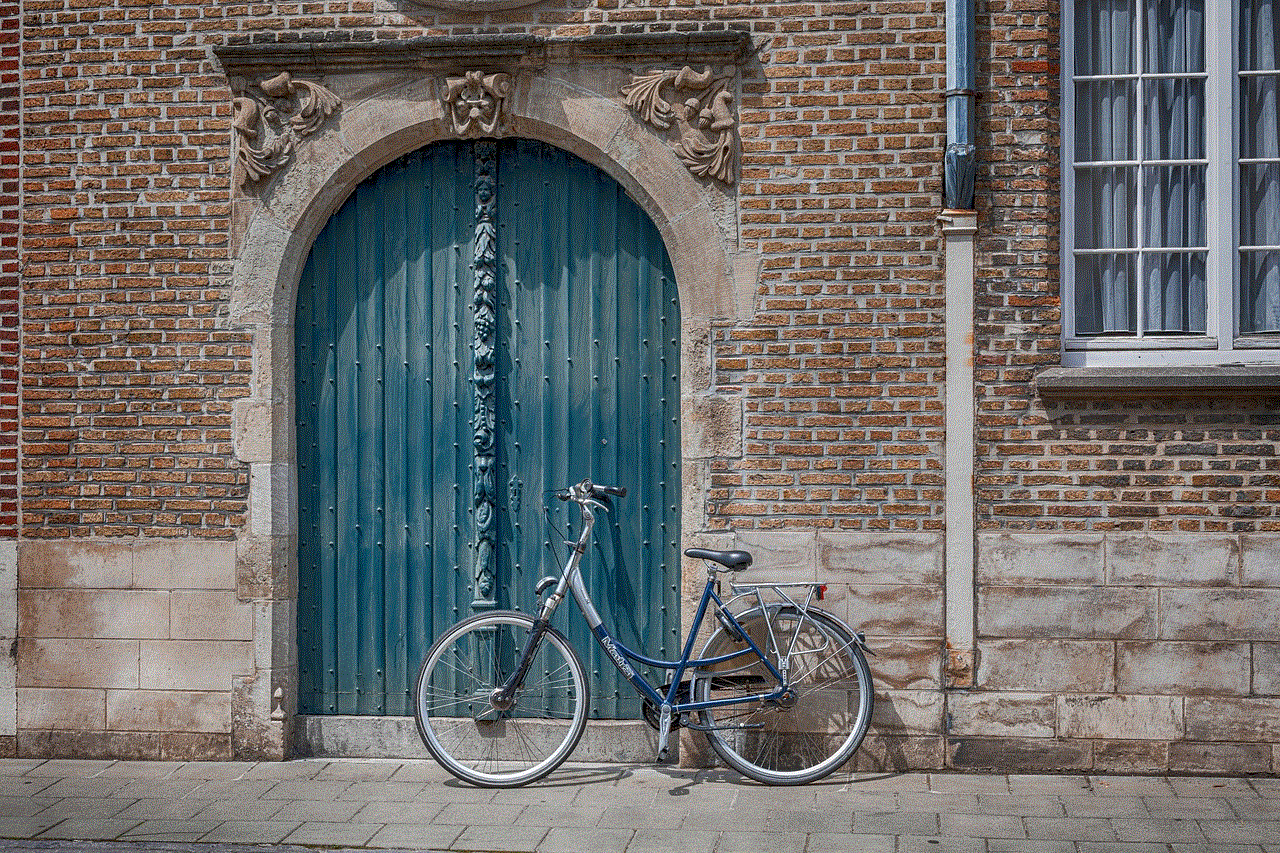dropcam local storage
Dropcam, now known as Nest Cam, is a popular home security camera system that allows users to keep an eye on their homes remotely. One of the most sought-after features of this camera is its local storage option. This allows users to store recorded footage directly on the camera, without the need for a cloud storage subscription. In this article, we will delve deeper into the concept of dropcam local storage and explore its benefits and limitations.
Local storage refers to the ability to store data on a physical device, such as a hard drive or SD card, rather than on a remote server. In the case of Dropcam, the camera comes equipped with a microSD card slot, allowing users to insert a memory card of their choice. This means that users have complete control over their data and do not have to rely on a third-party service for storage. This feature is especially appealing for those who are concerned about their privacy and do not want their video footage to be stored on a remote server.
One of the main benefits of dropcam local storage is the cost savings. With traditional home security systems, users have to pay a monthly subscription fee for cloud storage. This can quickly add up over time, making the system more expensive than expected. However, with local storage, users only have to pay a one-time fee for the memory card, which can be used for an extended period. This makes Dropcam a more budget-friendly option for those looking to enhance their home security.
Another advantage of local storage is its reliability. With cloud storage, there is always a risk of service interruptions or data breaches. If the server goes down, users may not be able to access their footage, leaving their home vulnerable. On the other hand, with local storage, the footage remains on the camera, ensuring continuous monitoring and peace of mind. Additionally, since the data is stored locally, there is less risk of it being hacked or accessed by unauthorized parties.
Dropcam local storage also offers more flexibility when it comes to video storage. With cloud storage, users are often limited to a certain amount of storage space, and once that limit is reached, they have to pay for additional storage. This can be problematic, especially if users want to keep a large amount of footage for an extended period. With local storage, users can choose the size of the memory card they want to use, giving them the freedom to store as much footage as they need without any extra costs.
Furthermore, local storage also allows for faster access to footage. With cloud storage, users have to rely on an internet connection to access their footage. This can be inconvenient, especially if the connection is slow or down. With local storage, users can easily retrieve their footage from the camera itself, without having to wait for it to be uploaded to the cloud. This feature is especially useful in case of emergencies when time is of the essence.
Despite its many benefits, dropcam local storage also has some limitations that users should be aware of. One of the main drawbacks is the risk of losing footage in case the camera is damaged or stolen. Unlike cloud storage, which stores data remotely, local storage is physically located in the camera. This means that if the camera is damaged or stolen, the footage is lost as well. To mitigate this risk, it is recommended to regularly backup the footage to a separate device.
Another limitation of local storage is the lack of remote access. With cloud storage, users can access their footage from anywhere, as long as they have an internet connection. However, with local storage, users can only access their footage when they are in close proximity to the camera. This may not be an issue for those who primarily use the camera for home security but can be inconvenient for those who want to keep an eye on their home while away.
Moreover, the size of the memory card can also be a limiting factor for local storage. While users have the freedom to choose the size of the memory card, they may not be able to store as much footage as they want if the size of the card is too small. This can be a problem for those who want to keep a large amount of footage for an extended period.
In conclusion, dropcam local storage offers a cost-effective, reliable, and flexible option for storing video footage. It gives users full control over their data and eliminates the need for a monthly subscription. However, it also has its limitations, such as the risk of losing footage and the lack of remote access. Ultimately, the decision to use local storage or cloud storage will depend on the user’s needs and preferences. Regardless, Dropcam remains a popular and reliable home security option for many.
can you lock individual text messages on iphone
With the increasing reliance on smartphones for communication, privacy has become a major concern for many users. One of the most popular features that users look for in a smartphone is the ability to lock individual text messages. This feature allows users to keep their private conversations, well, private. In this article, we will delve into the world of iPhone and explore the different ways you can lock individual text messages on this device.
Before we begin, it is important to understand why one would want to lock individual text messages in the first place. The answer is simple – privacy. We all have conversations that we would like to keep away from prying eyes. It could be personal information, sensitive details, or simply a conversation that we don’t want anyone else to see. By locking individual text messages, we are ensuring that only the intended receiver has access to the conversation.
Now, let’s get into the nitty-gritty of locking individual text messages on an iPhone. The good news is that there are multiple ways to achieve this, and we will discuss each one of them in detail.
1. Use the built-in Screen Time feature
One of the easiest ways to lock individual text messages on an iPhone is by using the built-in Screen Time feature. This feature was introduced in iOS 12 and allows users to set app limits and restrict certain features on their device. Here’s how you can use it to lock individual text messages:
Step 1: Go to Settings and tap on Screen Time.
Step 2: Tap on App Limits and then select Add Limit.
Step 3: Choose Messages from the list of apps.
Step 4: Set the time limit to 1 minute. This will essentially lock the Messages app after 1 minute of use.
Step 5: Tap on Add at the top right corner.
Now, every time you open the Messages app, you will have only 1 minute to access your conversations before it gets locked. This is a great way to ensure that even if someone has access to your phone, they will not be able to read your private messages.
2. Use a third-party app
If you don’t want to use the Screen Time feature, you can opt for a third-party app to lock individual text messages. There are several apps available on the App Store that offer this functionality. Some popular ones include Private Message Box, Secure Text Keyboard, and Secure Texting. These apps work by creating a separate space within the Messages app where you can store all your private conversations. You can set a password or use Touch ID/Face ID to access this space.
3. Use the Notes app
Another way to lock individual text messages on an iPhone is by using the Notes app. This is a simple workaround that allows you to hide your conversations in plain sight. Here’s how you can do it:
Step 1: Open the Notes app and create a new note.
Step 2: Type in the message that you want to lock and save the note.
Step 3: Now, go back to the note and tap on the Share icon.
Step 4: From the list of options, select Lock Note.
Step 5: If you haven’t set up a password for the Notes app, you will be prompted to do so. Set a password or use Touch ID/Face ID to lock the note.
Step 6: Once the note is locked, the content will be hidden, and only the title of the note will be visible.
You can now access the locked note by tapping on it and entering the password or using Touch ID/Face ID.
4. Use the Lock Notes feature
In addition to locking individual notes, the Notes app also has a feature that allows you to lock all your notes at once. This is useful if you want to keep all your private conversations in one place. Here’s how you can use this feature:
Step 1: Go to Settings and tap on Notes.
Step 2: Toggle on the Lock Notes option.



Step 3: Set a password or use Touch ID/Face ID to lock all your notes.
Now, every time you open the Notes app, you will be prompted to enter a password or use Touch ID/Face ID to access your notes.
5. Use the Hide Alerts feature
If you want to keep your conversations hidden from the lock screen , you can use the Hide Alerts feature. This feature allows you to mute notifications for a specific conversation. Here’s how you can use it:
Step 1: Open the Messages app and select the conversation that you want to hide.
Step 2: Swipe left on the conversation and tap on Hide Alerts.
Step 3: The conversation will now be muted, and you will not receive any notifications for it.
You can still access the conversation by opening the Messages app, but it will not show up on your lock screen.
6. Use the Archive feature
Another way to hide conversations from the lock screen is by using the Archive feature. This feature allows you to archive conversations that you want to keep hidden. Here’s how you can use it:
Step 1: Open the Messages app and swipe left on the conversation that you want to hide.
Step 2: Tap on More and then select Archive.
Step 3: The conversation will now be moved to the Archived folder, and it will not show up on your lock screen.
You can access the conversation by scrolling down to the Archived folder in the Messages app.
7. Use the Notes widget
If you have an iPhone with iOS 14 or higher, you can use the Notes widget to lock individual text messages. This widget allows you to create a locked note directly from the home screen. Here’s how you can use it:
Step 1: Long-press on the home screen to enter edit mode.
Step 2: Tap on the + icon at the top left corner.
Step 3: Scroll down and select Notes.
Step 4: Choose the size of the widget and tap on Add Widget.



Step 5: The Notes widget will now appear on your home screen.
Step 6: Tap on the widget, and it will take you directly to the Notes app.
Step 7: Follow the same process as mentioned in point 3 to create a locked note.
8. Use the Restrictions feature
The Restrictions feature on an iPhone allows users to restrict access to certain apps and features. Here’s how you can use it to lock individual text messages:
Step 1: Go to Settings and tap on Screen Time.
Step 2: Tap on Content & Privacy Restrictions and toggle it on.
Step 3: Tap on Allowed Apps and turn off the toggle next to Messages.
Step 4: This will hide the Messages app from the home screen, and it will not be accessible unless you turn on the toggle again.
9. Use Siri Shortcuts
If you are familiar with Siri Shortcuts, you can use this feature to lock individual text messages on your iPhone. Here’s how you can do it:
Step 1: Download the Shortcuts app from the App Store.
Step 2: Open the app and tap on Create Shortcut.
Step 3: Tap on Add Action and search for Lock Note.
Step 4: Select Lock Note and tap on the three dots at the top right corner.
Step 5: Tap on Add to Home Screen.
Step 6: Now, every time you want to lock a note, you can simply use this shortcut from the home screen.
10. Use a third-party texting app
Lastly, you can use a third-party texting app that offers the option to lock individual conversations. Some popular apps that offer this feature include WhatsApp , Telegram, and Signal. These apps allow you to set a password or use biometric authentication to access your conversations.



In conclusion, locking individual text messages is a great way to ensure your privacy. With the options mentioned in this article, you can easily protect your private conversations from prying eyes. So, choose the method that works best for you and keep your messages safe and secure.